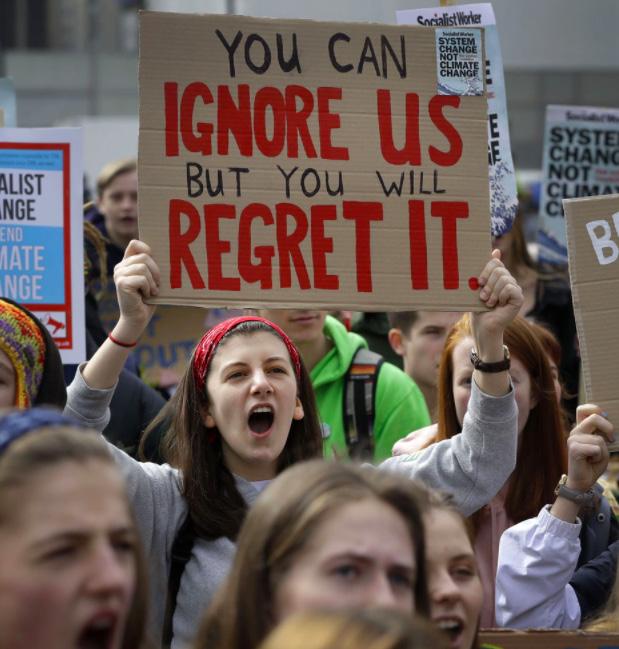
3 minute read
r esear C h M ethods
Trend Forecasters use a variety of research methods in order to assist the prediction of new emerging trends. Intuition is used alongside market research to develop a setting “which they then communicate through writing and mood boards” (The British Library, 2020). Observing society gives insight into what trends will emerge in the future.
By analysing trends, forecasters observe the interaction between buying habits, lifestyles and values for a broad understanding (Brannon, 2000, p.12). Predominantly, trend cartograms assist an exploration into trend origin by examining the innovators, drivers, impact, consequences and futures of the trend. Forecasters can decode and understand a trend using a cartogram; disclosing which trends may emerge and develop in the future, investigating themes that may congregate to form a trend. The five elements of the framework enable forecasters to consider a range of contexts, utilising PESTEL analysis to appreciate the external environment as well as current consumer and business behaviours in order to effectively predict potential future trends.
Advertisement
In addition, effective market research is essential, investigating real markets and the drivers that cause trends to emerge. Data can be collected from a variety of methods including surveys to analyse a wide range of products, allowing future trend predictions to take place. Previous markets are analysed, allowing further background research prior to the investigation. This method is closely related to Visionary Forecasting which involves “personal insights, prophecies, judgement and when possible, facts about different scenarios of the future” (Kumar, 2000, p.242). This technique utilises personal judgement based on initial research and market knowledge. Observation involves taking note of the world around them by mapping places, people and items. which imposes a “more logical, visual and textually coherent framework” allowing the characteristics of the trend to be prevalent. In order to predict trends, certain methods are used including secondary sources such as academic books, and articles, as well as primary media sources including, newspaper, and magazine articles, TV, and radio, as well as trade fairs (Raymond, 2010, p.44). This ensures forecasters are up to date with the latest trends and are aware of potential upcoming themes.
Moreover, Historical Analogy observes past scenarios, predicting that the future will resemble a similar pattern of behaviour again. For example, new products are expected to have similar outcomes to previous objects that adopt a similar form (Kumar, 2000, p.241). However, this method is reliant on the forecasters’ understanding of past trends and behaviours and so, often requires indepth market experience (Vasigh et al., 2016, p.288).
e I tge I sts
The purpose of this task was to gauge a deeper understanding of the external environment in which brands operate. Through carrying out a PESTEL analysis (Appendix B), it was possible to identify a range of current trends and decide on three themes to research in greater detail. Analysis of the themes involved understanding the mega, macro and micro trends for each as well as the relevant zeitgeists. The three mega trends chosen for the presentation (Appendix A) were climate change and sustainability, COVID-19, and the ageing population. A range of reliable sources were utilised to research each mega trend and understand consumer behaviours and lifestyle choices.
Presentation Slides - https://assets.adobe.com/id/urn:aaid:sc:US:ace611f7-b039-4d03-986e-df9ecb56bb64?view=published
Video Presentation - https://web.microsoftstream.com/video/2a076951-3f37-450f-8317-13c3a8392ef0
A megatrend is “a large social, cultural, economic, political or technological change that is slow to form but will influence a market over an extended time-frame” (Posner, 2015, p.93). Megatrends shape the world around us and have profound impact on our lives and organisations (PWC, 2020). The megatrends chosen were Climate Change and Sustainability, COVID-19, and the Ageing Population.
Macro trends are the large-scale impacts on consumer behaviour from global driving forces (Future Lab, 2020). The drivers are identified through a PESTEL analysis that considers changes in the external environment and their consumer impact. Macro trends are made up of numerous micro trends and represent how consumers likes and wants are changing (Higham, 2009, p.88). Three macro trends were identified for each mega trend. These include veganism, sustainable fashion, and zero waste; PPE, homebound living, and digital dependency; and the adapted workplace, healthy living, and decreased marriage.
Micro trends are the most specific of the three often only impacting a minimal group of customers; “larger than fads but smaller than macro trends” (Higham, 2009, p.87). They are often restricted to a specific geographical location but will likely gain momentum and spread over time. Different micro trends were identified as a result of the chosen macro trends, including rental fashion, virtual meetings, and living-aparttogether.
(Buller et al, 2020) (Houghton & Buller, 2020). Environmental activists are strengthening consumer and business attitudes towards sustainability with the ‘Greta Effect’ encouraging a reduction in carbon-footprint (Larville, 2019).







